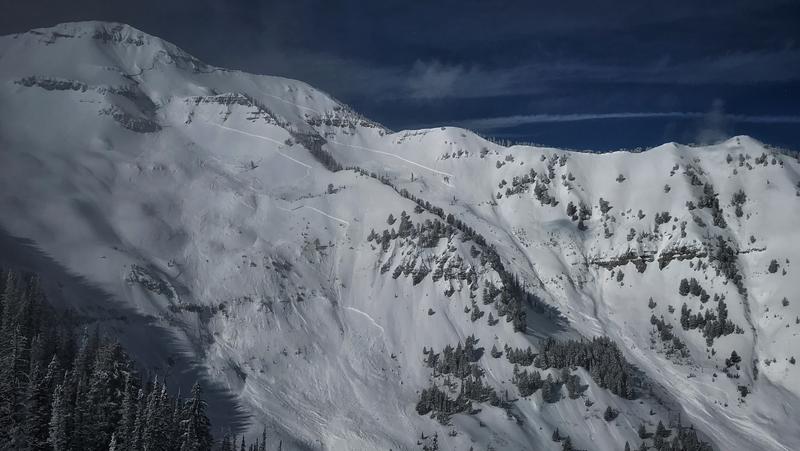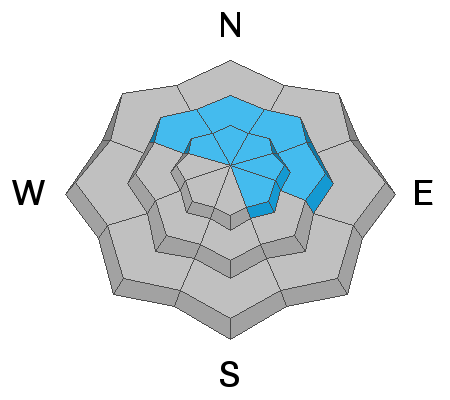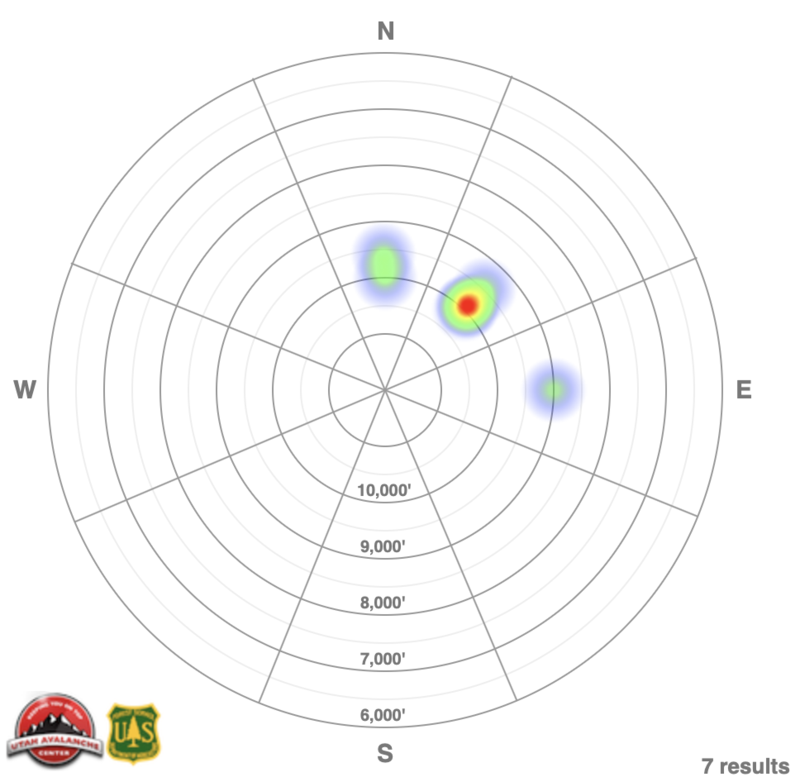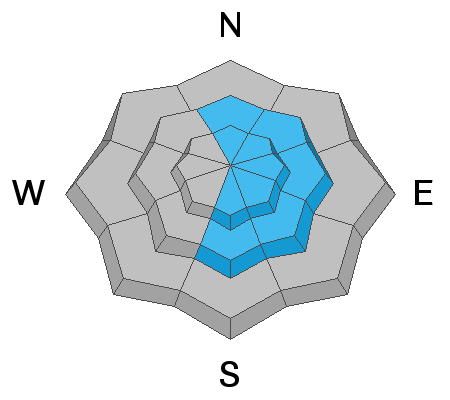Forecast for the Salt Lake Area Mountains

Issued by Trent Meisenheimer on
Tuesday morning, February 19, 2019
Tuesday morning, February 19, 2019
A MODERATE DANGER exists on all upper elevation wind loaded slopes for triggering new and old wind drifted slabs of snow. The danger is most pronounced on steep, upper elevation northerly through easterly facing terrain. The new snow could be sensitive to the weight of a rider and shallow soft slabs might become possible in the wind effected terrain today. Cornices are an issue - Exercise great caution along and underneath the heavily corniced ridgelines.
Safe Travel Protocols are key to successful outings: Beacon, shovel, probes, one at a time, get out of the way at the bottom, have a plan.
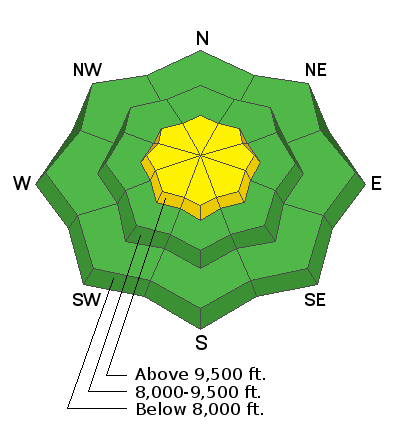
Low
Moderate
Considerable
High
Extreme
Learn how to read the forecast here


